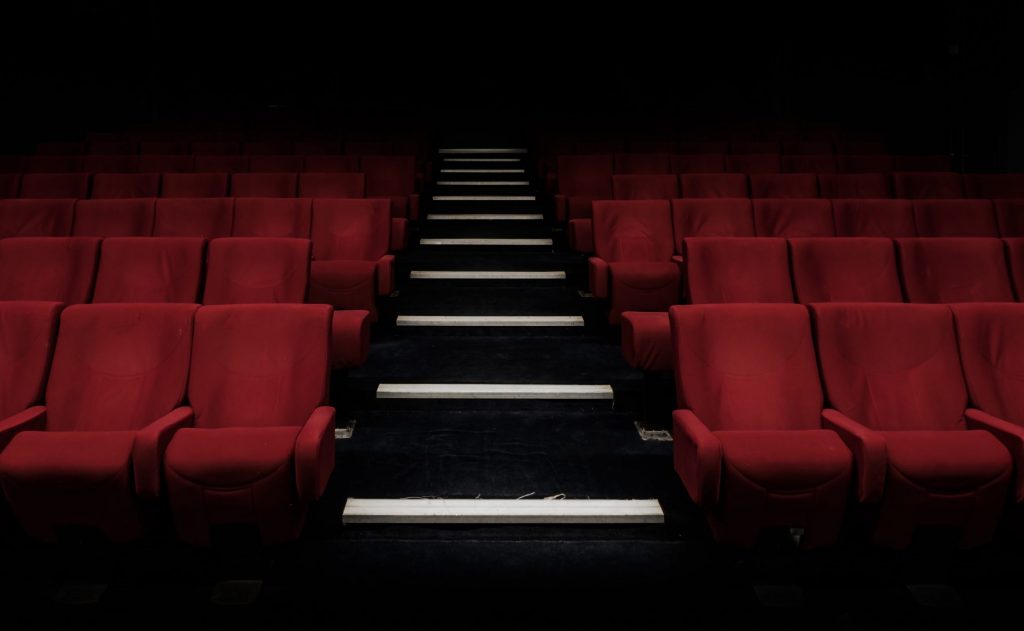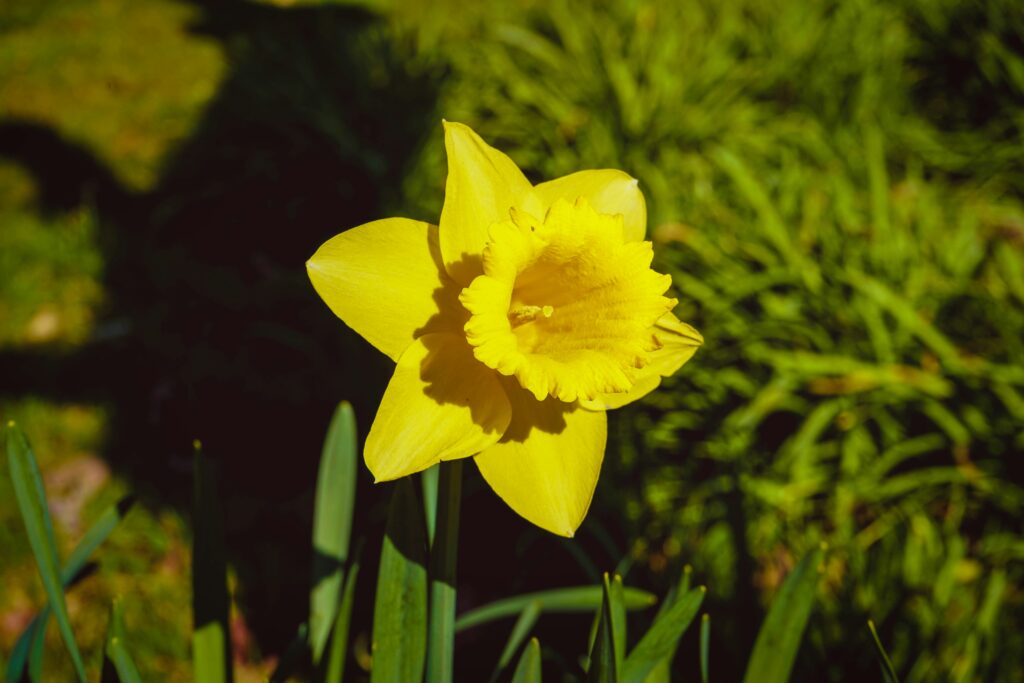BAFTA Cymru winner Colin Thomas introduces a new app which explores the rich – but often forgotten – history of Welsh film.
“That fertile legacy” is how film historian David Berry described the screen past of Welsh film.
His book Wales and Cinema is a superb overview but it was published more than twenty five years ago and, although well illustrated with photos, it was before digital technology made it possible to include clips from the films that the author highlighted.
So Iola Baines of the Screen and Sound Archive of Wales and I decided that, with the help of the Books Council of Wales and Cardiff-based Thud Media, we could build on David Berry’s massive research, and make what we initially called an ‘enhanced ebook.’
That title baffled most people when we began working on Picturing Our Past/Fframio’n Gorffennol so it gradually became an ‘app’ instead, with five film clips in each of the app’s five chapters.
Researching and writing it became a process of discovery, finding out, for example, that Welsh-American director D.W. Griffith was so impressed by Cardiff-born stage-actor Ivor Novello that he gave him the lead in his film The White Rose.
Although Griffith’s reputation is tarnished by the crude racism of his Birth of a Nation, it is still possible to see why he was seen as a pioneer of film technique in the extract from The White Rose that we include in the app.
“Is Twin Town a sneer at Welsh culture or a long overdue criticism of Taffy sentimentalism?”
The documentary directors who filmed in Wales in the 1930s have received a great deal of critical attention but it is clear now that their films reached only small audiences – Peter Miskell in his book A Social History of the Cinema in Wales suggests that “south Wales miners were more likely to appear in a Grierson documentary than to pay and go and see one.”
Far more influential were feature films like The Citadel; its sharp criticism of the privatised health system in the 1930s undoubtedly contributed to the pressure to create a National Health Service in the 1940s.
Preparing to write the app required the viewing of many Welsh films that I had only heard about – the uneven but sometimes uplifting Blue Scar for example, one of the very few films directed by a woman director – Jill Craigie – in the 1940s.
And, for me, a revelation – Endaf Emlyn’s Un Nos Ola Leuad – which I consider to be a Welsh masterpiece.
Even undistinguished films like Tiger Bay, which uses the black citizens of Butetown merely as a backdrop, occasionally reach the heights – the clip we include is an outstanding example of the skilful combination of words, pictures and music.
Syniadau uchelgeisiol, awdurdodol a mentrus.
Ymunwch â ni i gyfrannu at wneud Cymru gwell.
Picturing Our Past/Fframio’n Gorffennol is a short history of Welsh film and we steer clear of the word ‘heritage’ which seems to imply an over reverential view of the past.
Films like Zulu for example, once hugely popular celebrations of Welsh and British patriotism, now raise questions about the veneration of imperialist rule through the power of the gun.
And is Twin Town a sneer at Welsh culture or a long overdue criticism of Taffy sentimentalism?
Our hope is that this app will open up debates about Welsh film history to a new generation, a generation who would be unlikely to take Wales and Cinema down from the library shelf.
So the app is free and can be downloaded in Welsh or English by searching for ‘Picturing Our Past’ on the Apple app store. At the moment it can only be accessed via iPads or the latest Apple laptop – not as yet to iPhones or Android devices but we are hoping to increase access in the near future.
The initial response is positive with Cerys Matthews describing it as “this wonderful new app” and singer/dancer Gwenno as “inspiring and life affirming.”
Apps don’t often get reviewed but hopefully this one will get the attention of those reviewers who usually only open books. We await their response with trepidation.
All articles published on the welsh agenda are subject to IWA’s disclaimer.




